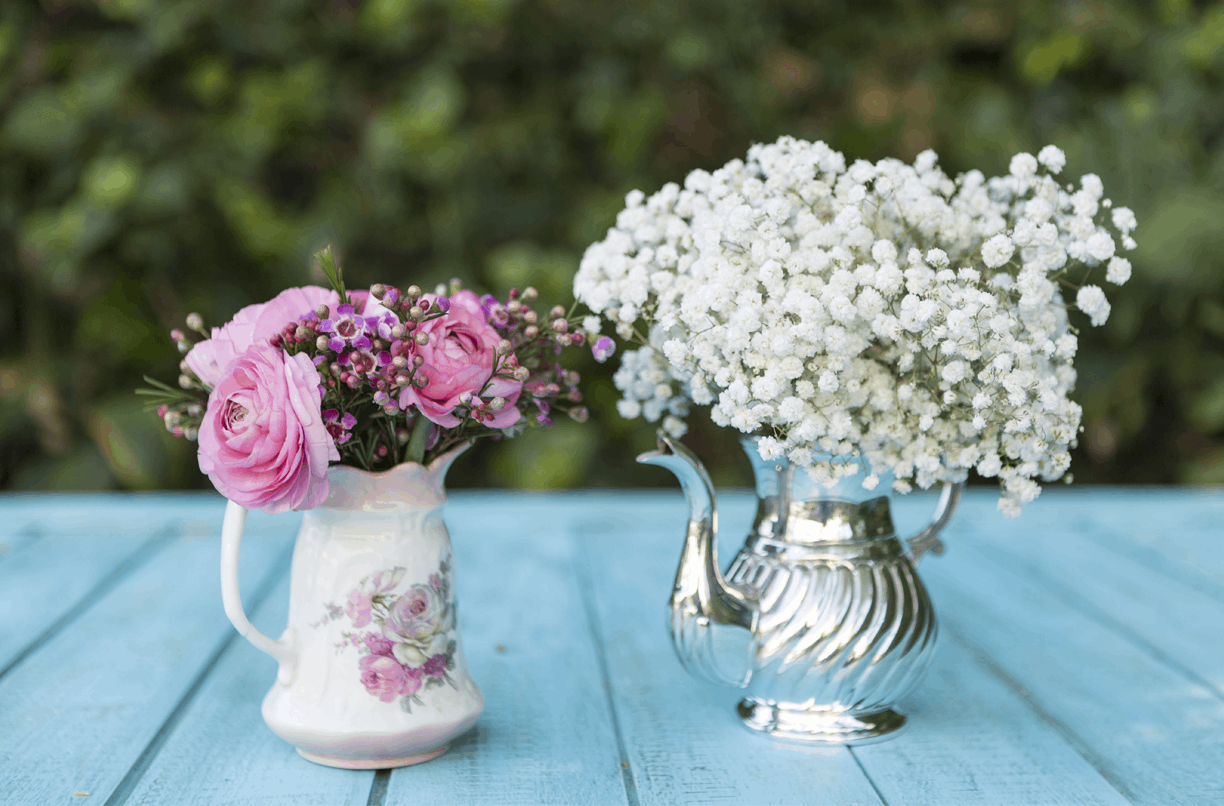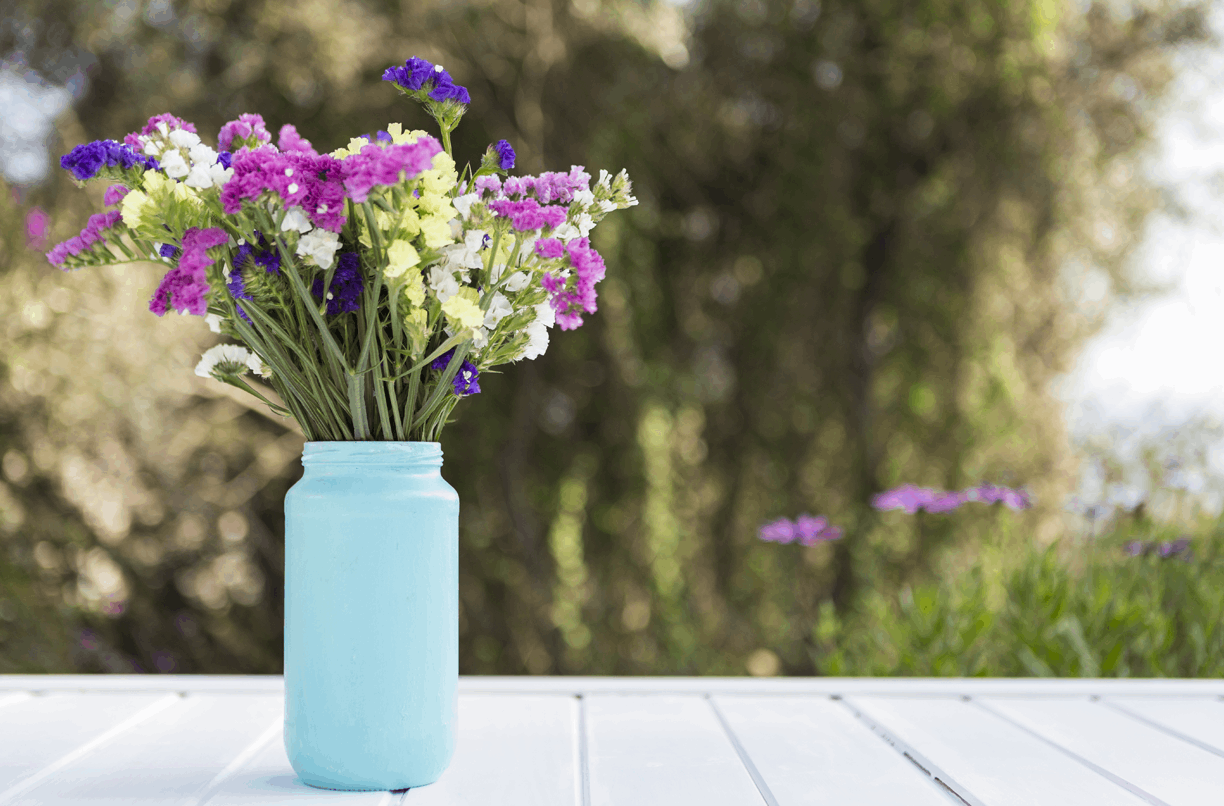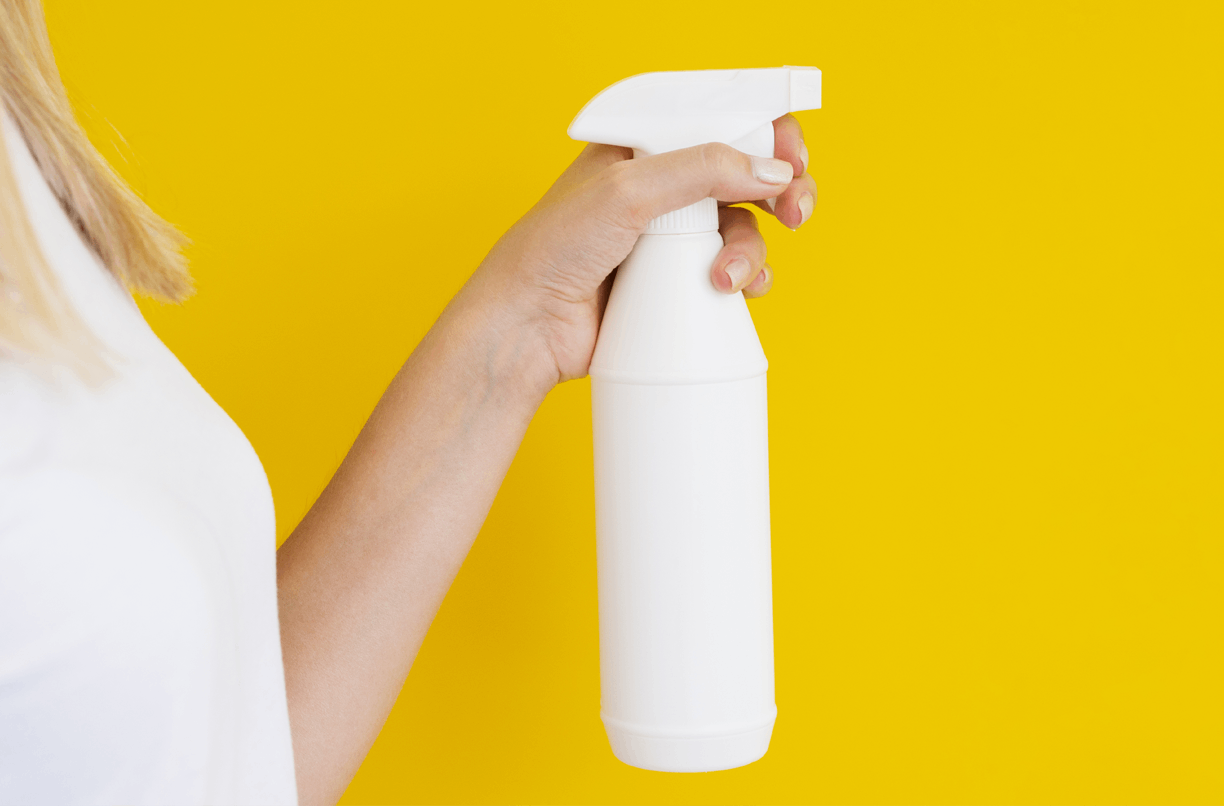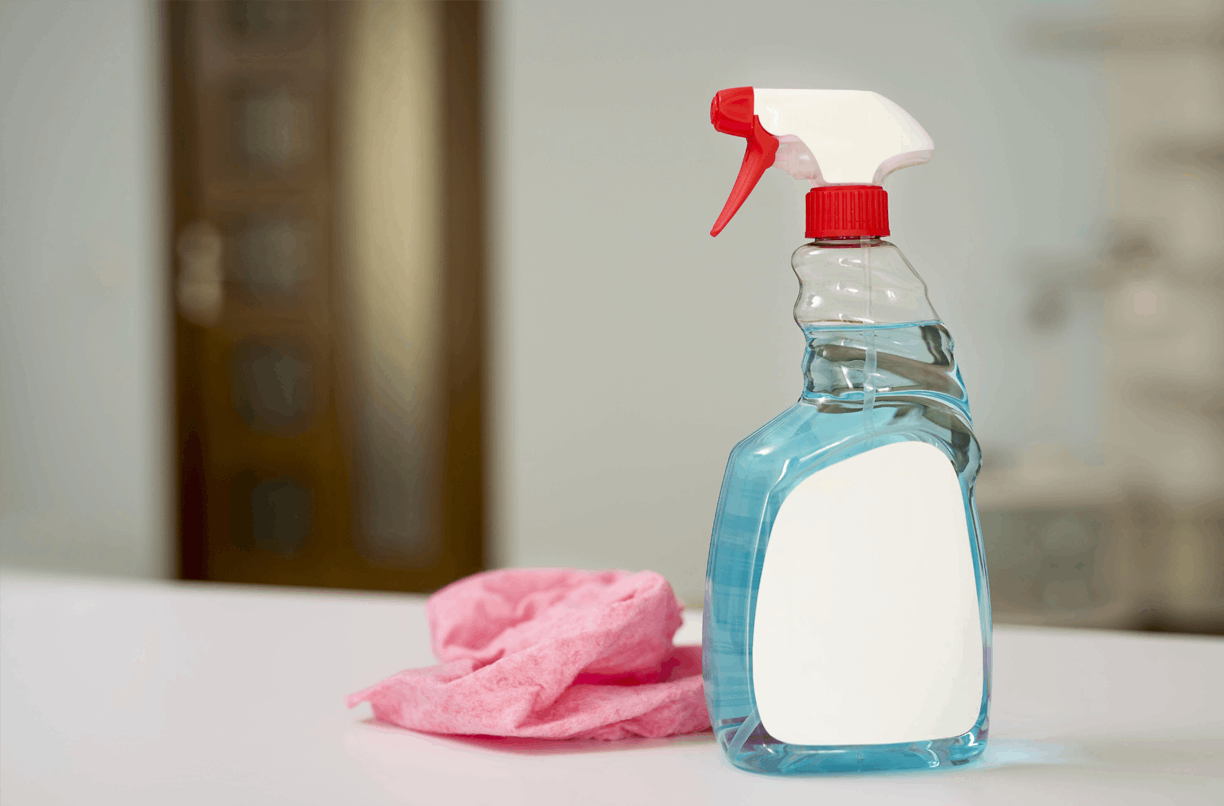Vase Cleaning for Fresh Cut Flower Arrangements

Fresh-cut flowers have a magical way of brightening up any space, making them a perfect gift for a multitude of occasions. Whether it's for a birthday, anniversary, or special moments like Mother's Day and Valentine's Day, flowers are a timeless and cherished gesture of affection. Their beauty, fragrance, and vibrant hues convey sentiments that words sometimes cannot. However, to truly make the most of these natural wonders, proper vase preparation is paramount.
In this comprehensive guide, we'll take you on a journey through the art of preparing your vase for fresh-cut flowers. We'll walk you through a step-by-step process of cleaning your vase, ensuring it's a clean canvas ready to showcase the beauty of your blooms. By following these detailed instructions, you'll not only extend the lifespan of your flowers but also create an optimal environment for them to thrive, filling your space with a burst of color and elegance. Let's dive in and discover the secrets to making your floral arrangements truly exceptional.
The Cleaning Process: Step by Step

To embark on this journey, gather the necessary supplies: mild dish soap, warm water, a soft brush or sponge, and optionally, white vinegar for stubborn stains. Begin by removing any residual debris or remnants from previous flower arrangements. This initial step ensures a clean slate for your new blooms.
Next, it's time to mix the cleaning solution. For most cases, a solution of one part mild dish soap to ten parts warm water is sufficient. For those tougher stains or mineral deposits, consider adding a splash of white vinegar to the mix. This addition can be a game-changer in breaking down stubborn grime.
Now, let's address a crucial query: how long should the cleaning solution be left in the vase before rinsing it out? The optimal soaking time can vary based on the material of the vase. Glass vases typically benefit from a soak of 10-15 minutes, while ceramic vases may require a bit longer, around 20-30 minutes. During this time, make sure the solution thoroughly covers all interior surfaces, and gently agitate it to help loosen any stuck-on residue.
For more detailed insights on signs that indicate it's time to change the water in the vase, check out our comprehensive blog post titled Signs it's Time to Change the Water in Your Vase.
After the designated soaking period, it's imperative to thoroughly rinse the vase with warm water. This step is crucial to ensure no soap or cleaning solution remains, which could be detrimental to your fresh-cut flowers.
Debunking Myths: Can Bleach Be Used to Clean the Vase?

While bleach is a potent disinfectant, it's not recommended for cleaning vases that will hold fresh-cut flowers. The residual chemical odor and potential adverse effects on flower longevity outweigh the benefits of using bleach.
Instead, consider alternative methods for tough stains or bacteria. Hydrogen peroxide, a natural disinfectant, can be used in a diluted form to clean vases effectively. A baking soda paste is another powerful option, especially for removing stubborn mineral deposits. For a quick and efficient solution, denture tablets, when dissolved in warm water, can also work wonders on stains and buildup.
Understanding the best practices for cleaning your vase is just one step in ensuring the longevity of your fresh-cut flowers. Equally important is using the right type of water. In our comprehensive blog post titled What Type of Water is Best for Fresh Cut Flowers, we delve deep into the various options available, from tap water to distilled water, and explore how each can impact the health and vibrancy of your blooms.
Natural Alternatives for Vase Cleaning

For eco-conscious individuals who prefer to steer clear of harsh chemicals, there are several natural alternatives that can effectively clean your vase while being gentle on the environment.
One such option is using a mixture of white vinegar and water. By combining equal parts of white vinegar and water, you create a powerful and natural cleaning agent. This solution is particularly effective against mineral deposits and hard water stains that can accumulate over time. The acetic acid in vinegar acts as a natural solvent, breaking down these stubborn residues, leaving your vase sparkling clean and ready for your fresh cut flowers.
Another fantastic natural option is a solution of lemon juice and salt. The natural acidity of the lemon juice, coupled with the abrasive action of salt, forms a dynamic duo against grease and grime. The acid in lemon juice helps dissolve oils and grime, while the salt provides gentle scrubbing action. Not only does this solution leave your vase impeccably clean, but it also imparts a delightful, fresh citrus scent, adding an extra touch of charm to your flower arrangements. It's a natural, effective, and pleasantly aromatic way to prepare your vase for your beloved blooms.
Drying and Final Checks

After the thorough cleaning process, it's important to ensure your vase is completely dry before adding fresh water and flowers. You have two options: towel drying or air drying. Towel drying is faster but may leave behind lint, so be sure to use a clean, lint-free cloth. Air drying takes longer but eliminates the risk of lint residue.
Before adding water and flowers, conduct a final check to ensure no residue or cleaning solution remains. Inspect the interior and exterior of the vase for any remaining stains or spots. A pristine vase sets the stage for healthy, vibrant flowers.
Proper vase preparation is a crucial step in ensuring the longevity and beauty of fresh-cut flowers. By following these step-by-step instructions and opting for eco-friendly cleaning solutions, you'll create an optimal environment for your blooms to thrive. Regular vase maintenance should be a part of your flower care routine, as it not only enhances the aesthetic appeal but also contributes to the overall health of your flowers. With these tips in mind, you'll enjoy vibrant, long-lasting blooms in every arrangement.
Remember, the key to successful flower arrangements starts with a clean, well-prepared vase!










